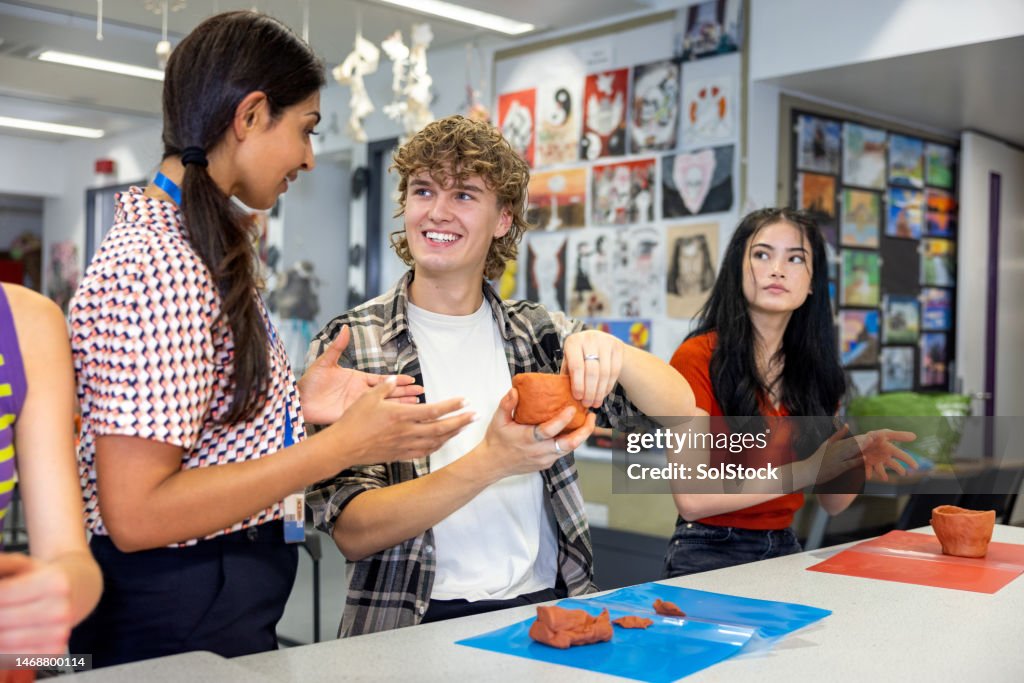Education as a whole has always played an important role in the development and formation of the individual. Art education has an even greater impact in this direction. Especially for students. The impact of art education on the cognitive, social, and emotional growth of young people cannot be over-statеd. That is why we are going to dive deeper into how art education affects student development. In particular, their critical thinking and cultural awareness. We will also look at the different directions of this influence and understand why the arts are so essential to students’ overall educational experience.
Cognitive and Emotional Growth Through Arts Education
Art contributes to the development of a young person’s cognitive abilities, regardless of the form of expression. After all, its study requires:
- analysis,
- creative thinking,
- solving imaginative tasks.
All this contributes to the development of imagination and logical thinking. How art education contributes to this development, let’s look at the following examples.
- Music. Students who play music develop better coordination, motor skills, and memory.
- Visual arts. Examining works of art, students learn to analyze information and draw conclusions. As a result, they learn to perceive the world around them from multiple perspectives.
- Literature. The study of literary works, along with the written expression of their own thoughts, develops students’ skills in both analysis and critical thinking. Students learn to understand the structure and style of works, as well as their symbolism. This undoubtedly contributes to the development of their analytical and literary skills. However, not all students find the task of writing an academic paper easy and simple. It often takes years to complete. However, thanks to ghostwriting, modern students have unique opportunities to get help from professional writers and at the same time have more hours to immerse themselves in the world of beauty and art. Thus, two important areas are covered simultaneously. Both the timely delivery of a high-quality written paper and cultural development.
- Theater and drama. Participating in drama clubs and theater productions helps students develop emotional intelligence and empathy. They learn how to reproduce the characters of various personalities and their emotional and mental states. All this develops their ability to accept and understand their own emotions and those of others. So, here we can safely talk about art as therapy. It allows students to express their feelings through creativity. Art as therapy helps students find a way to express themselves and relax or focus. Thus, emotional growth in art is an undeniable factor.
- Sculpture. Studying sculpture and other forms of visual art requires students to have a high level of observation and attention to detail. As a result, they develop spatial thinking. By сreating their own works, students learn to use different techniques and materials. This, in turn, contributes to the development of their creative and analytical skills. While studying at such a faculty, in addition to the practical skills that are the basis of sculpture, students also have to create written works from time to time. In them, they must competently express what techniques they have learned and more. Not every beginning sculptor can do this skillfully, no matter how talented they are. But with the development of modern technologies and wide opportunities, various services come to the rescue, including a ghostwriting agency, which is a qualified assistant for busy scholars. Relying on experts to write academic papers, such students can create their own artwork and develop their artistic and spatial thinking without distractions.
The Impact of Art on Social Growth. Cultural Awareness
The impact of art is also expressed in the fact that art contributes to the social growth of students. Namely, by developing their communication, cooperation, and empathy. Participation in art projects and exhibitions forces students to collaborate and interact with their peers. All this contributes to the development of communication skills and teamwork. Art is a powerful stimulant of creativity and critical thinking. It provides students with the following opportunities:
- explore new ideas,
- look for alternative solutions,
- develop their creative abilities.
In addition, studying the arts helps students broaden their cultural knowledge and understanding of society and the world around them.
Art education has an undeniable and significant impact on the development of young people. It contributes to their cognitive, social, and emotional growth. Art education opens up new horizons. Both for creativity and imagination. It also promotes critical thinking and enriches cultural awareness. So, if we look deeper, art can be not only a part of the curriculum but an important and essential element of personality formation. That is why it is essential to support and develop art education in educational institutions to ensure the full development of young people.






